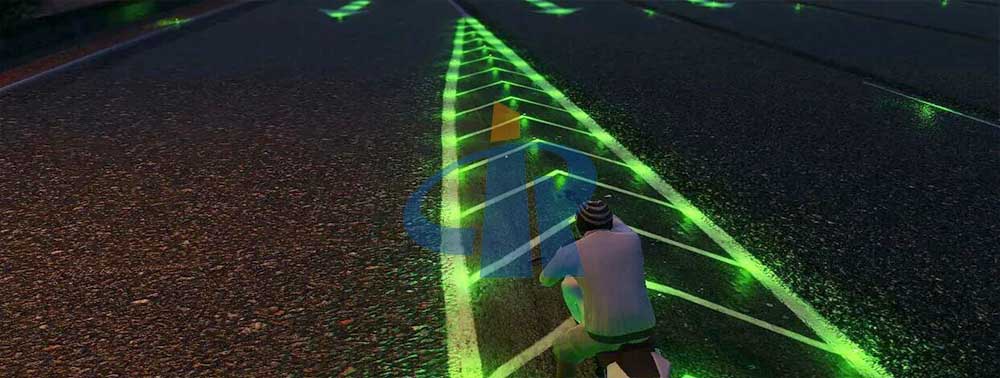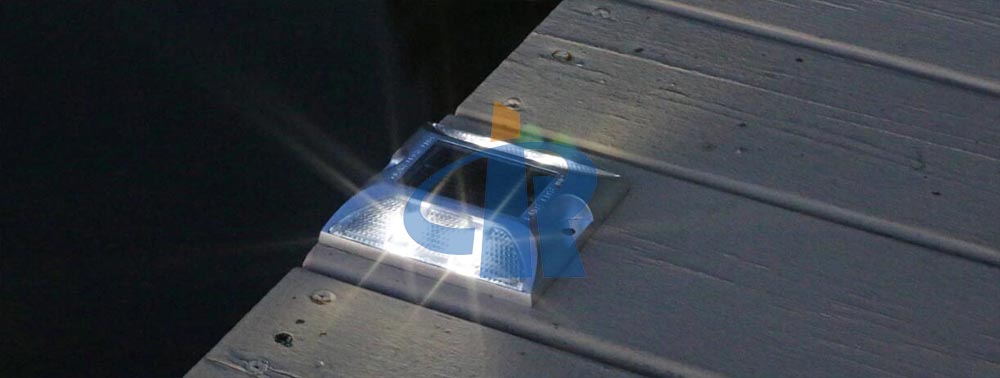For roads with motorized lanes and non-motorized lanes, the opposite
Solar Road Studs are located within 2 meters behind the tangent point of the edge of the non-motorized road. When using cantilever installation (the road is wider, more than 10 meters), it should be installed on the right side of the isolation belt.

When setting auxiliary lights, it should be installed on the left curb; 10 meters or less), the main and auxiliary lights should be installed on the isolation belts on both sides. At this time, the color and arrangement order of the main and auxiliary lights should be completely consistent.

When the distance between the stop line and the
Solar Road Studs is greater than 60 meters, and the main light is the direction indicating
Solar Road Studs, it is advisable to use a spotlight direction indicator signal light, or when adding a set of auxiliary lights, the auxiliary lights should be installed near the curb of the stop line . At intersections with central isolation strips, install cantilever or column-type main lights at opposite positions, and auxiliary lights should be installed on the central isolation strip.

Motor vehicle
Solar Road Studs can be installed on the bridge body at the intersection under the overpass, or on the right side of the entrance lane. If there are two stop lines under the overpass, the opposite
Solar Road Studs are installed on the right side of the other side of the overpass. Set up signal lights inside and outside the roundabout to control the vehicles entering and leaving the roundabout, that is, install four sets of
Solar Road Studs in the roundabout to indicate the motor vehicles at the four entrances of the roundabout, and install four sets of signal lights on the outer layer of the roundabout to indicate the motor vehicles at the four exits of the roundabout .


